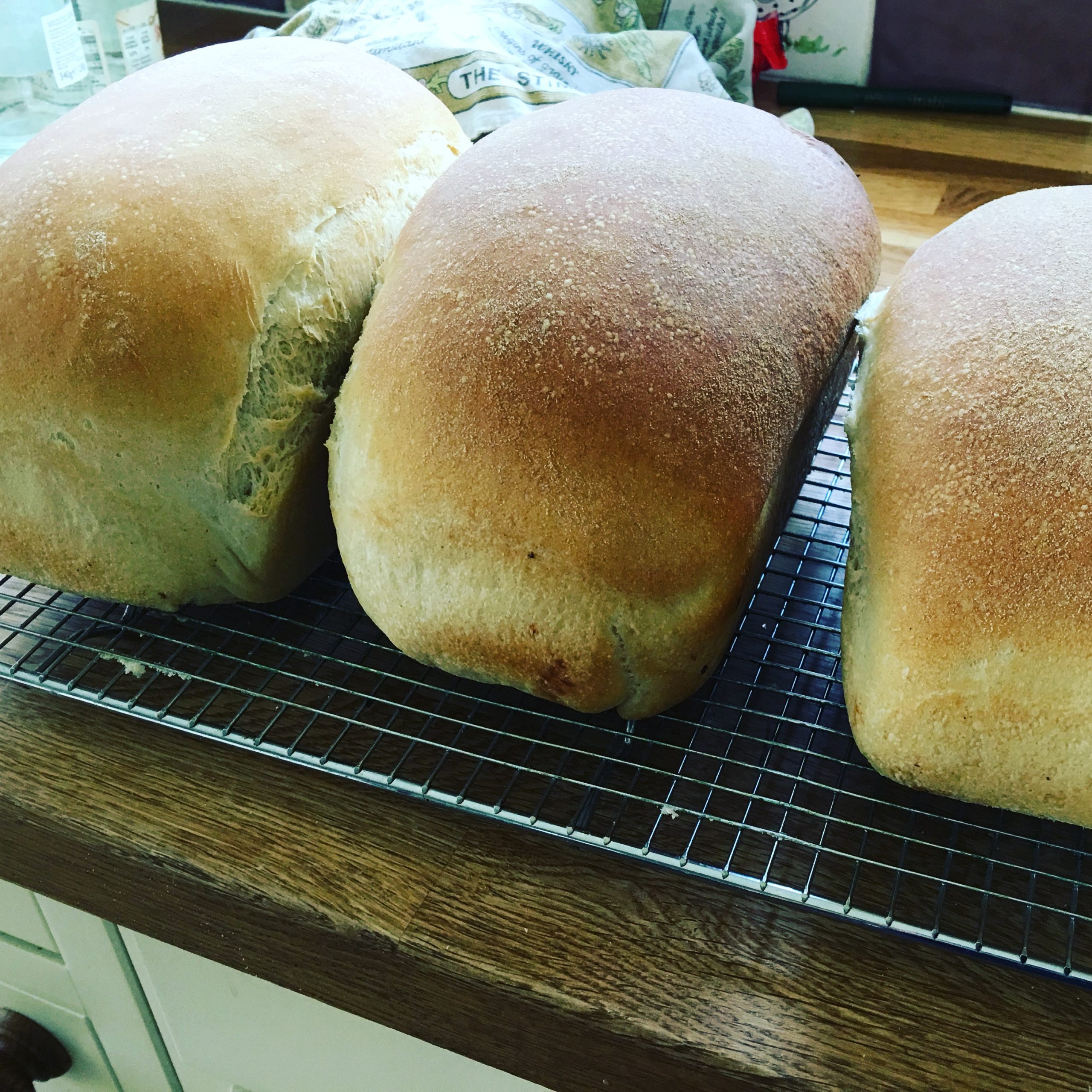By Jane Craigie, Host of BASF’s The Science Behind your Salad Podcast
Making bread is a joy. It brings pleasure in its making, its baking and its eating. Nothing compares to the smell of freshly baked bread – apart from maybe freshly ground coffee and cut grass. Breadmaking is also the endpoint in the growing process, which from sowing to harvest takes 10-or-so months of a farmer’s time and care. It is also the culmination of a plant breeder’s 10-year quest for a variety that is suitable for the structure and integrity needed in a loaf.
My preference is either a plain white loaf or a half and half mix of Khorasan flour and white flour. Khorasan is an ancient variety of durum wheat that yields about a third of conventional modern cultivars. It originates from the Khorasan region of Northern Iran and can also be used for pasta making. It gives the bread a nutty flavour and more of a bite than plain white loaves. I buy my flour from Shipton Mill, a fantastic British miller. They grind using a stone, rather than a steel roller, which can heat the flour and damage the natural proteins.
Bread, or strong, flour is different to biscuit wheat in its protein content and its hardness. Bread flour contains a minimum of 12% and is hard, biscuit or distilling cultivars are lower in protein, are soft and are used for cakes and biscuits, or for distilling. The higher the protein the more the bread rises. The gluten content then sets whilst baking, and the stretched fibres give body to the bread and its spongy texture. When using flour of a lower protein percentage, the bread will be heavier and denser.
Recipe – plain white or a mix of Khorasan or wholemeal and white
Here is my tried and trusted bread recipe. I usually quadruple the quantities to make four loaves.
Ingredients per 500g loaf:
15g of fresh or 7g of dried fast action yeast
500g of white bread flour (or 250g Khorasan/wholemeal + 250g white flour)
10g salt (important for the structure of the brad)
5g sugar (to feed the yeast)
300ml warm (body temperature) water (increase to 320-330ml for mixed flour loaves)
30-40ml olive oil
Method:
Mix all ingredients and kneed for 10 minutes in a large bowl, cover the bowl with a damp cloth, leave to rise in a warm place until the dough is doubled in size. Remove from the bowl and re-kneed for a minute or two, place into an oiled loaf tin, leave to rise for around one hour in a warm place. Bake at 220C (or 200C in a fan assisted oven) for 20 minutes. Remove from oven and test it is done by tapping the bottom of the loaf, if it sounds hollow it is ready. Leave to cool on a rack, then eat with butter or olive oil whilst still warm.

